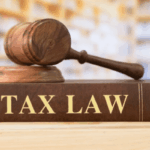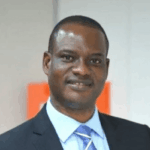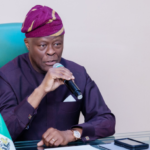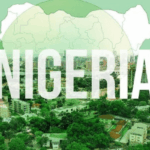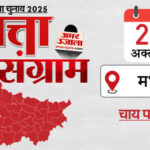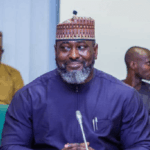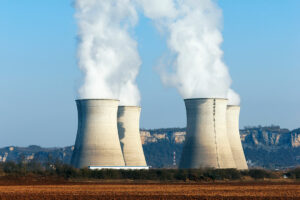
The Department of Energy (DOE) said it is stepping up efforts to identify financing models that can support the Philippines' entry into nuclear energy, as the government seeks to balance energy security, climate goals and investor risk.
Undersecretary of Energy Giovanni Carlo J. “This is another important step in our continued efforts to explore the potential of nuclear energy as a viable option in achieving energy security, economic development and a sustainable future for the Philippines,” Bacordo said in a statement on Sunday.
The discussions were held with International Atomic Energy Agency (IAEA) experts, private sector representatives and government agencies from October 20 to 24 in Manila as part of a national workshop on nuclear energy infrastructure and financing, the DOE said. The event was organized by the Nuclear Energy Program Inter-Agency Committee (NEP-IAC) led by DOE – the first such funding workshop organized with the IAEA.
Mr. Bacordo said the Philippines is “moving forward with discussions on financing such as public-private partnerships, green financing and other viable models that can help shape the future of nuclear energy for Filipinos.”
He said these discussions are aimed at helping potential backers address the high upfront capital costs and long development timelines associated with nuclear projects.
The DOE said these efforts are supported by Republic Act No. 12305, or the Philippine National Nuclear Energy Safety Act, which provides a comprehensive legal basis for the nuclear energy program and establishes the Philippine Nuclear Energy Regulatory Authority (Philatom) as an independent, quasi-judicial regulator with exclusive jurisdiction over nuclear energy matters.
Under the Philippine Energy Plan, the government aims to integrate nuclear power into the power mix with at least 1,200 megawatts (MW) of capacity by 2032, expanding to 2,400 MW by 2045 and 4,800 MW by 2050.
The department said financing nuclear power projects presents “a unique set of challenges and opportunities” given their high capital costs, long lead times and complex regulatory environment.
These must be addressed as the country works to integrate nuclear energy into the electricity mix and attract investment in large-scale and small modular reactor projects.
The IAEA shared its “landmark” approach to strategic planning for nuclear technology, highlighting the importance of government involvement in project financing and risk management.
“While various financing models exist such as lending or borrowing money, strong government involvement is essential, especially with respect to financing structure and risk management,” said Briana Lazarevitz, an energy economist at the IAEA.
He said there are currently 416 nuclear reactors in operation worldwide and 63 more under construction, as 17 countries are expanding their programs and 32 new ones are exploring nuclear technology.
For the fifth consecutive year, the IAEA has revised down its global nuclear power capacity projections for 2050. In its high-case scenario, capacity is expected to increase by 160% to 992 gigawatts (GW), up from 377 GW at the end of 2024, while also in the low-case scenario, it is projected to increase by 50% to 561 GW.
The workshop also discussed the country's nuclear energy perspective, regulatory framework, institutional roles of the regulator and operator, and potential financing and ownership models for both large reactors and small modular reactors, DOE said. , Sheldin Joy Talavera

